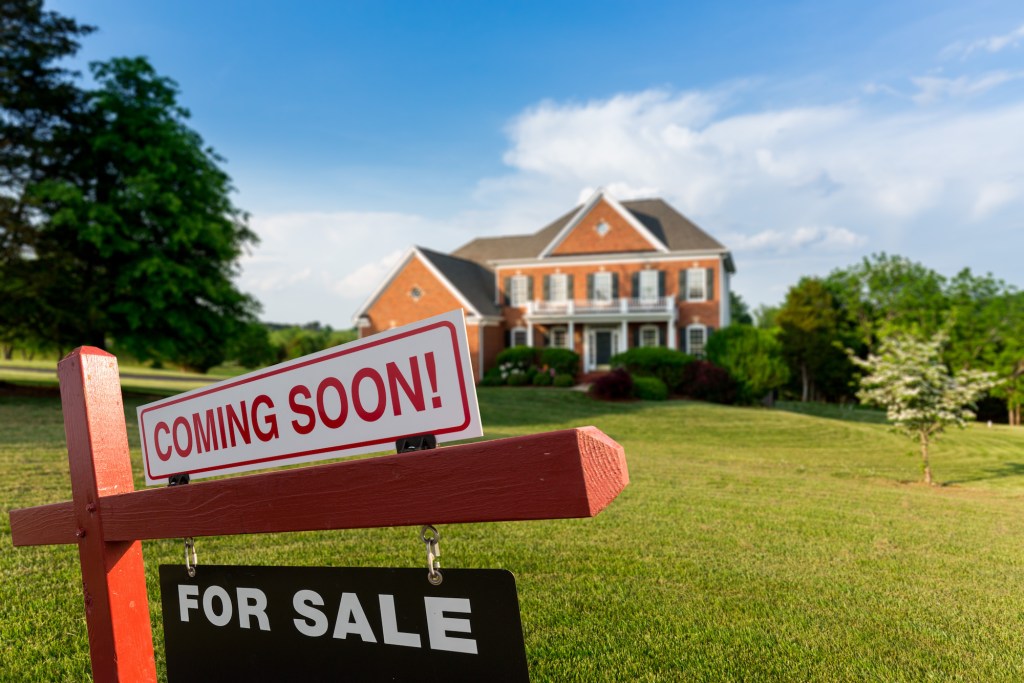Home prices in the United States have increased for the second consecutive month, marking a 0.4% year-over-year increase on the average home’s price tag amid ongoing affordability challenges.
According to Realtor.com’s latest report, the U.S. median list price for September clocked in at $430,000—down slightly from August’s $435,000, but still 0.4 percent higher than compared with last year.
The upward trend in national home prices can be attributed to a persistent inventory shortfall, with the number of homes available for purchase declining year over year for the third consecutive month. In September, active inventory remained 45.1% below pre-pandemic levels, although the number of homes for sale increased by 4.9% month over month.
Despite ongoing inventory and affordability challenges, an uncharacteristic month-over-month uptick in price reductions has sparked speculation about potential market adjustments.
Although a higher percentage of homes experienced price reductions in September, the overall percentage of homes with price reductions decreased slightly from the same time last year. According to Realtor.com, this suggests that buyer and seller expectations remain relatively aligned.
“An uptick in homes with reduced prices is a small break for buyers on top of the usual seasonal factors that align to make this first week in October the best week to buy,” Danielle Hale, chief economist for Realtor.com, said. “Yet, the larger context remains challenging. Buyers still struggle with the triple threat of rising listing prices, record-high mortgage rates, and limited inventory, making affordability a continued concern.”
Higher mortgage rates continue to pose a significant challenge for buyers, having increased the cost of financing for 80% of typical homes by approximately $256—a 12.4% increase from the same time last year. This increase far outpaces wage growth (4.3%) and inflation (3.7%).
But despite the seemingly impossible barrage of affordability challenges for buyers, homes continue to sell faster than they can be built. In September, the typical home spent 48 days on the market—two weeks less than pre-pandemic periods.
“Homes on the market are still moving quickly, indicating that many buyers are accepting today’s high prices and mortgage rates and adjusting their expectations,” Clare Trapasso, Realtor.com’s executive news editor, said. “That may mean a number of things: settling for less space or moving farther away from large cities or to a different region.”
All regions saw active listing prices increase on average, but Northeastern metros saw the highest annual growth rate at 10%. Los Angeles, San Diego, and Richmond, Virginia, stood out as having the biggest price increases among large metros, predominantly due to larger and more expensive homes coming to market in these areas.
Among the 50 largest metros, only eight saw median list prices decline—San Antonio (-2.8%), Memphis, Tennessee (-2.1%), and Houston (-1.5%).



